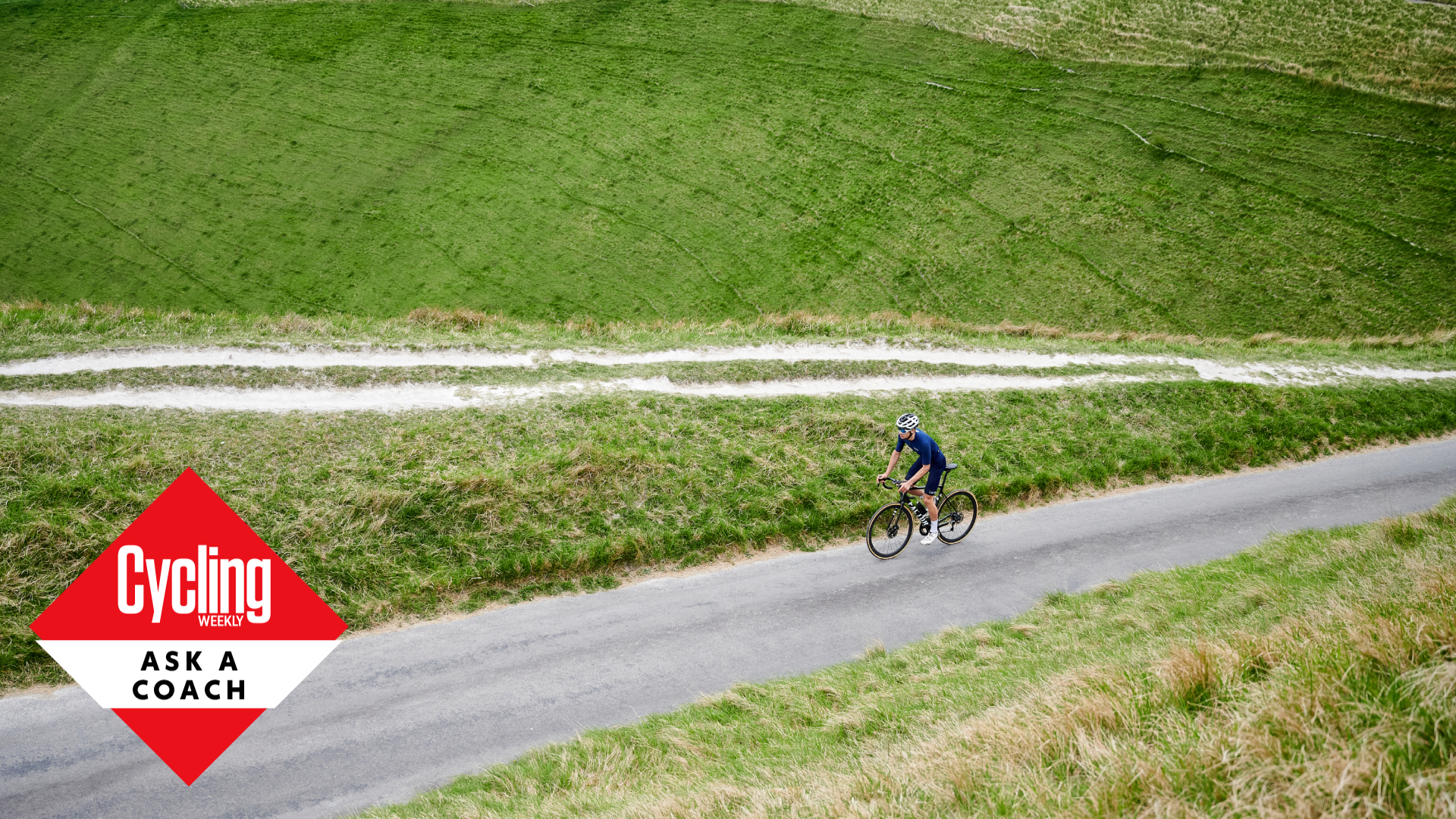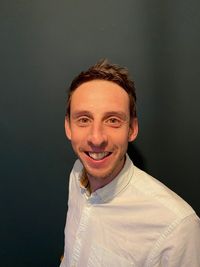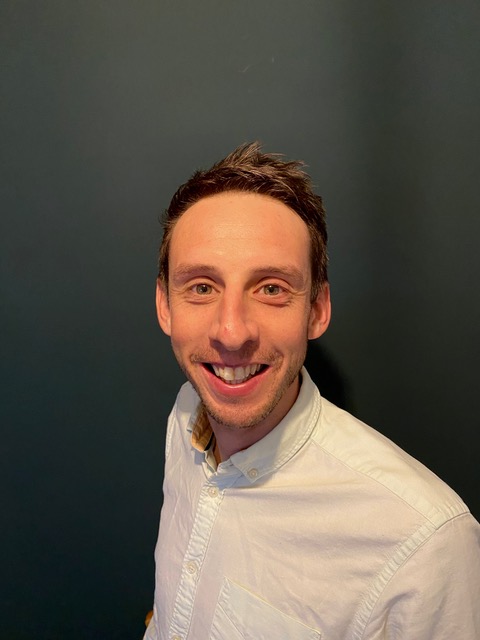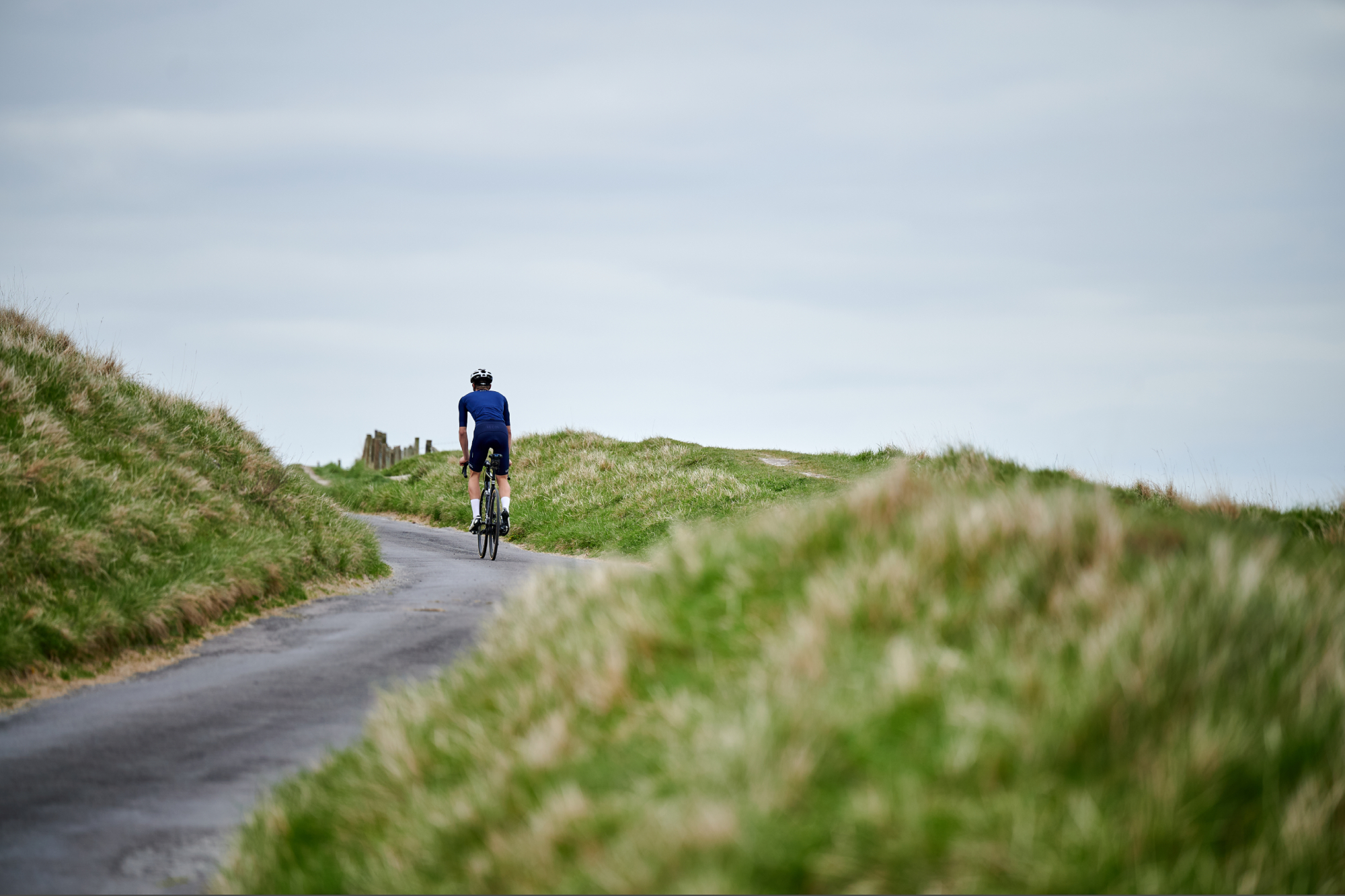Ask a coach: 'What's the best workout for increasing my average speed on a 100-mile bike ride?'
Once you've completed your first 100-mile bike ride, the next goal is to go faster - here's how...


A century is a nice target for a lot of people… and once you've completed your first 100-mile bike ride, well the obvious question is, can I do it faster? Cycling coach James Spragg unpacks a century ride and explains what workouts could help you achieve this cycling goal.

Sports scientist and coach James Spragg is one of the experts who will be answering your questions in Cycling Weekly's ASK A CYCLING COACH series which comes out every Wednesday. Working both in research and applied settings, he currently runs Intercept Performance Consultancy.
Demands of a 100-mile bike ride
Whenever we think about key workouts for a particular event the first stop is understanding the demands of that event. These can be broken down in duration and intensity.
So the duration of a century is likely in the 4hr plus range. Anyone going quicker than that will be nailing the key workouts already. The intensity of a 100-mile bike ride is fairly low. Yes, it feels hard at the time but as a percentage of threshold power (that can be sustained for 30-40mins) the average power output during a 100-mile bike ride is quite low. Typically, most people will ride a century at just below the intensity where their breathing rate increases.
Physiology
The great thing about physiology is that it is relative to each person. You won’t find anyone that can hold threshold power for 4hrs plus. Everyone that can complete a century will complete it at a similar relative intensity – as I mentioned, just below the power output at which the breathing rate starts to increase. Thus, the question becomes – how can we increase the power output at this intensity!?
Training
The latest race content, interviews, features, reviews and expert buying guides, direct to your inbox!
A good way to train and improve at any intensity is to train a fair bit just below it and a little bit above it. This is pretty much the stock standard way coaches try and improve athletes. Therefore, the same goes here. However, how can one calculate this intensity?
Luckily there is a nice easy test – the talk test.
Ride along and try and say, out loud, a big, long paragraph; in research, we use the American Pledge of allegiance, but any long paragraph will do. If you cannot talk normally – i.e. you need to alter your speech to accommodate breathing, then you are above century pace. Find the maximum power or heart rate (HR) at which you can talk normally – this is what we call the ‘first threshold’.
Now to train for a 100-mile bike ride you want to do a lot of work below this first threshold – pretty much as many hours as you can and you want to do some blocks of work above it.
Specific sessions

Below the first threshold
A nice steady long ride where you maintain the same intensity for multiple hours at a time – wear a heart rate monitor and use as a guide rather than power, and just tick away the hours!
Above the first threshold
Start off with 3 x 10 mins at an intensity half way between the first threshold and your Functional Threshold Power (FTP) or Critical Power (CP). Take 10 mins of easy riding between each effort.
As this starts to feel easier you can progressively increase either the time of each interval or the intensity – don’t go above ~90 per cent of FTP / CP. If you are doing two harder sessions a week, then a good idea is to increase the intensity in one of the sessions and the duration in the other.
Every few weeks repeat the talk test and just make sure you still know exactly where you are at. With time you will find that even though the HR at which the first threshold occurs stays consistent, you will be pushing more and more power and going quicker! Keep this up for a few months and I am confident that you will see your century time tumble.
James Spragg is a sports scientist and coach, working both in research and applied settings. When not working with athletes James can be found skiing, climbing, cycling or drinking coffee!
Alongside Dan Lorang and Peter Leo, James runs Intercept Performance Consultancy. Over the last 8 years in various roles, as coaches, performance consultants, performance managers, and sports scientists, Dan, James and Peter have played a role in helping athletes achieve more than 10 World Championship titles, several Olympics medals (including a Gold and Silver Medal in Tokyo 2020) and several Top 5 results in some of the biggest sporting events on the planet (Tour de France, Olympics, World and European Championships). Our single focus is on improving performance in all settings.